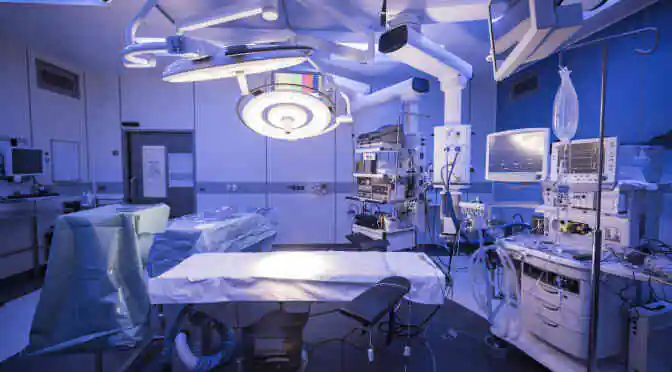Regarded as a major breakthrough in the medical world, capnography has emerged as a better substitute for pulse oximetry. An integral part of anesthesia and respiratory critical care, capnography provides information on CO2 (carbon dioxide) production, alveolar ventilation, and elimination of CO2 from the anesthesia circuit. Pulse oximetry also shows respiratory patterns on a monitor which helps in the detection of life-threatening conditions such as ventilator failure, malposition of tracheal tubes, defective breathing circuits, and circulatory failure in both intubated and non-intubated individuals. Since the adoption of capnography, more than 60% of the adverse events related to patient-controlled analgesia (PCA) pumps have been avoided globally.
As oxygen levels in the blood can remain normal for several minutes even after a patient stops breathing, pulse oximetry, which was until recently used in outpatient care surgery, took time to register the respiratory distress of the patient. In pulse oximetry, the device is clipped to the finger or earlobe to determine if there is enough oxygen in the blood. It uses infrared and red light to determine how oxygen-rich or oxygen-poor the hemoglobin is. Capnography, on the other hand, works on the principle that CO2 absorbs infrared radiation and thus involves the passage of infrared radiation over a gas sample from exhalation.
Differences between capnography and pulse oximetry
- While pulse oximetry measures oxygenation or the amount of arterial blood oxygen saturation and pulse rate, capnography provides a measure of ventilation – or concentration of CO2 exhaled air. This process is also known as end tidal CO2 or etCO2.
- Capnography, unlike pulse oximetry, is not effected by supplemental oxygen.
- Pulse oximetry detects oxygen deficiency, also known as hypoxia, while capnography reflects breath-to-breath ventilation.
- A pulse oximeter may appear normal even if the patient has stopped breathing, which is not the case with a capnograph.
- Likewise, apnea or hypoventilation is detected immediately by capnography, while pulse oximetry takes time to detect such problems.
These differences are the reasons why capnography is consider better than pulse oximetry. Factors like high incidence of respiratory failure in pediatric patients and pulse oximeter limitations have led to the increased use of capnography throughout the world. Major regulatory bodies are endorsing the use of capnography, causing the global capnography market to expand rapidly. According to analysts at Technavio, the global capnography market is poised to record a CAGR of more than 16% by 2020.
Some of the leading vendors in the capnography market include Medtronic, Smiths Medical, Welch Allyn, Philips Healthcare and Masimo.
Want to find out which region is leading the global capnography market?



